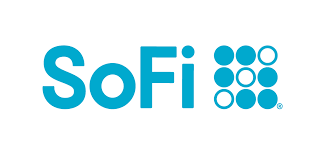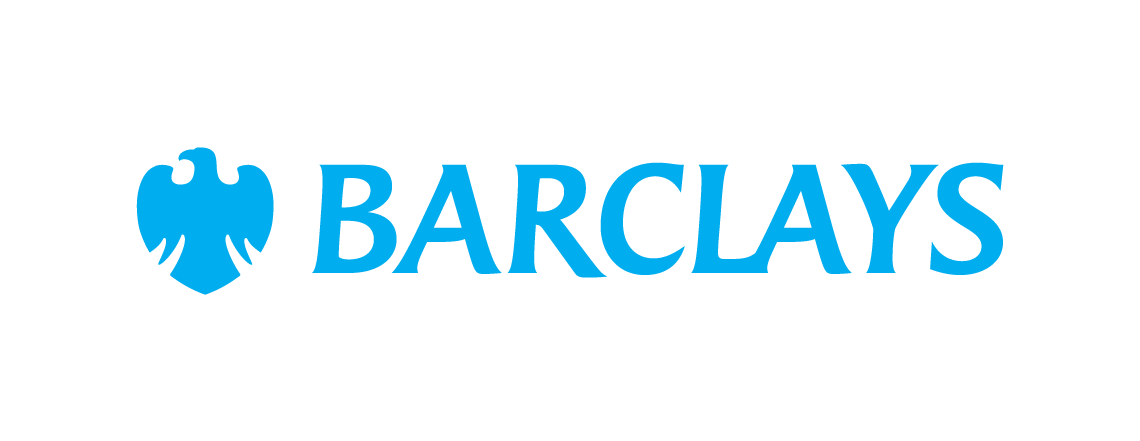Roughly 2 in 3 Americans Can't Cover a $500 Emergency. Do This if You're in That Boat
KEY POINTS
- Without emergency savings, you might end up in debt the moment an unplanned bill arises.
- Putting your savings on autopilot could help grow your cash reserves over time.
Life has a way of surprising people in a less-than-ideal fashion. You might head over to your parking spot to drive to work, only to find that your car suddenly won't start. Or, you might wake up craving a nice, hot shower only to realize that overnight, your water heater seems to have given up on doing its job.
It's for reasons like this that it's so important to have an emergency fund. You just never know when life might throw you a curveball. And if you don't have savings, you may have no choice but to charge a surprise expense on a credit card and pay off the balance over time, all the while accruing interest and stressing about it along the way.
A recent SecureSave survey found that 63% of Americans could not cover a $500 emergency expense by tapping their savings. So if you fall into that category, it's important to take steps to build up cash reserves -- even if it takes a while to get to a place where you have a solid cushion.
You don't want debt hanging over your head
Credit card debt -- or any type of debt, for that matter -- can be expensive and stressful. And when you carry a balance on a credit card forward, you run the risk of accruing lots of interest that only makes your debt harder to pay off.
Case in point: Let's say you're forced to charge a $3,000 home repair on a credit card with a 20% APY. If it takes you three years to shed that balance, you'll end up spending a little more than $1,000 on interest alone. Ouch.
That's why it's so important to have some emergency savings on hand. A $3,000 savings account balance may not be doable for you in the near term. But it's important to save something so smaller expenses don't immediately drive you into debt.
The easiest way to build cash reserves
Saving money is not an easy thing to do. If it were easier to save, perhaps more Americans would be in a position to cover a $500 unplanned expense with relative ease. But a good way to go from minimal or zero savings to a more robust balance is to put the process on autopilot.
Suze Orman, who co-founded SecureSave, insists that "the best way to save is to automate it." Orman says that for people who don't have an emergency savings account through an employer (which is the case for many workers today), a good bet is to set up an automatic transfer from checking to savings every month.
And it doesn't have to be a massive sum, either. If you can only swing $10 a month now, do that. And if, come January, you get a raise and can then afford $30 a month, ramp up.
"You have to start somewhere," says Orman. So don't be discouraged if you're building up your cash reserves slowly. If you start automating your savings now, you might have $100 in the bank by the end of the year. That's something to be proud of if you're starting with $0.
All told, it's important to put yourself in a position where you can cover the occasional unplanned bill. Automating the process could lead to a much-improved financial picture for you -- and a lot less stress to boot.
These savings accounts are FDIC insured and could earn you 11x your bank
Many people are missing out on guaranteed returns as their money languishes in a big bank savings account earning next to no interest. Our picks of the best online savings accounts could earn you 11x the national average savings account rate. Click here to uncover the best-in-class accounts that landed a spot on our short list of the best savings accounts for 2024.
Our Research Expert
We're firm believers in the Golden Rule, which is why editorial opinions are ours alone and have not been previously reviewed, approved, or endorsed by included advertisers. The Ascent, a Motley Fool service, does not cover all offers on the market. The Ascent has a dedicated team of editors and analysts focused on personal finance, and they follow the same set of publishing standards and editorial integrity while maintaining professional separation from the analysts and editors on other Motley Fool brands.
Related Articles
View All Articles
